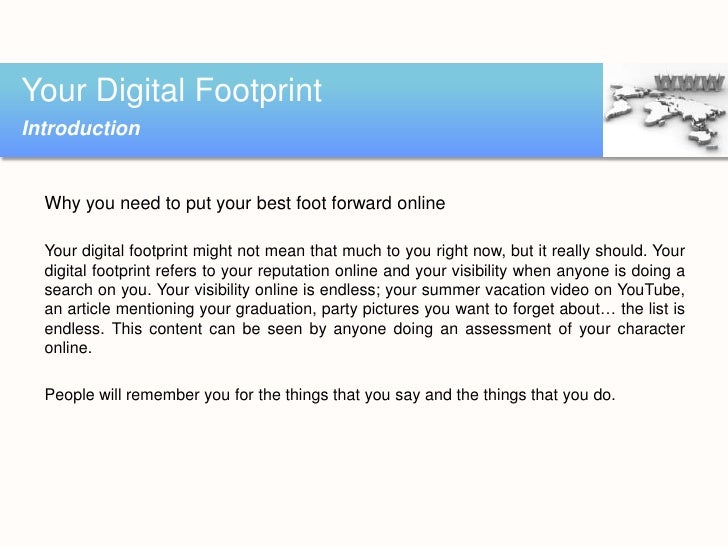Complex Case Scenario Assignment (Part 1 – 25 points & Part 2 – 15 points, 40 points total) Part 1: Complex Case Scenario - DEVELOPMENT AND RESOLUTION (25 Points) Part 1: Select one of the complex cases in Chapter 15 ( 77, 79,or 84) in A Workbook of Ethical Case Scenarios in Applied Behavior Analysis. Scenario 1: Part 1-Kobold Ambush In the first scenario of 'Adventures in the Splintered Lands,' a dragonman fighter/mage receives a telepathic message from a fellow dragonman mage that her band of adventurers has been ambushed and slaughtered by a vile necromancer. Part 2: Now you're on Linked In. You fill out your profile and try to put your best foot forward. You upload a photo of yourself that you think looks pretty professional, and you list your anticipated graduation date.
Part 1
Scenario 1 Part 1 .1 Summary
view media playerPart 1
Elke has recently become manager of the shoe division of LifeSport, a sportswear manufacturing company.Today, she and LifeSport's other division managers are meeting with their boss, Ahmed, to begin planning next year's division budgets.


During the meeting, Ahmed states LifeSport's strategic goals for next year. 'Our industry has been quite stable,' he says.'For this year, I'd like to see if all our divisions can boost their operating income by 10%,without increasing costs any more than they have to.' Ahmed then encourages the managers to use the budget preparation experience to deepen their understanding of marketplace realities.
Scenario 1 Part 1 .1&your Digital Footprint Calculator
Elke returns to her office, thinking about what approach she should take to creating a budget that achieves Ahmed's strategic goals.
Scenario 1 Part 1 .1&your Digital Footprint Software
What approach might Elke take to creating a budget that meets the goals?
1 Part Measurement
Not the best choice.Though many companies use historical figures to extrapolate subsequent budgets, this incremental budgeting approach doesn't encourage managers to evaluate the realities of the current and future marketplace—something Ahmed stressed during the meeting. With the incremental approach, managers simply use the past period's figures as a base and then increase them by a set percentage.
Also, incremental budgeting encourages some managers to develop a 'use it or lose it' point of view. They feel they must use all of their budgeted expenditures by the end of the period, so the next period's budget won't be reduced by the amount that would have been saved.
Not the best choice.Though this rolling budget approach can be valuable in rapidly changing industries that must continually review their basic assumptions about the marketplace, it offers fewer advantages in stable industries, such as LifeSport's.
With rolling budgets, you continually review and update the figures while keeping the budget's overall time frame (for example, one year) stable. To illustrate, you review the budget every month, then extend the budget by one month, so there's always a one-year budget in place. This approach does provide the most up-to-date information; however, the planning involved can consume more time than is feasible for an efficient operation.
Correct choice.It's valuable to begin the budget preparation process by making assumptions about the future. For example, estimate whether the market will grow next year, how customers will respond to new products or features, and what competitors will be doing. Then make projections about revenues and other budget figures based on your data.
To establish these assumptions, gather information from the financial group (they have estimates of future economic trends), human resources (they understand labor market shifts), sales reps (they know consumer trends), and purchasing (they have news about suppliers).
